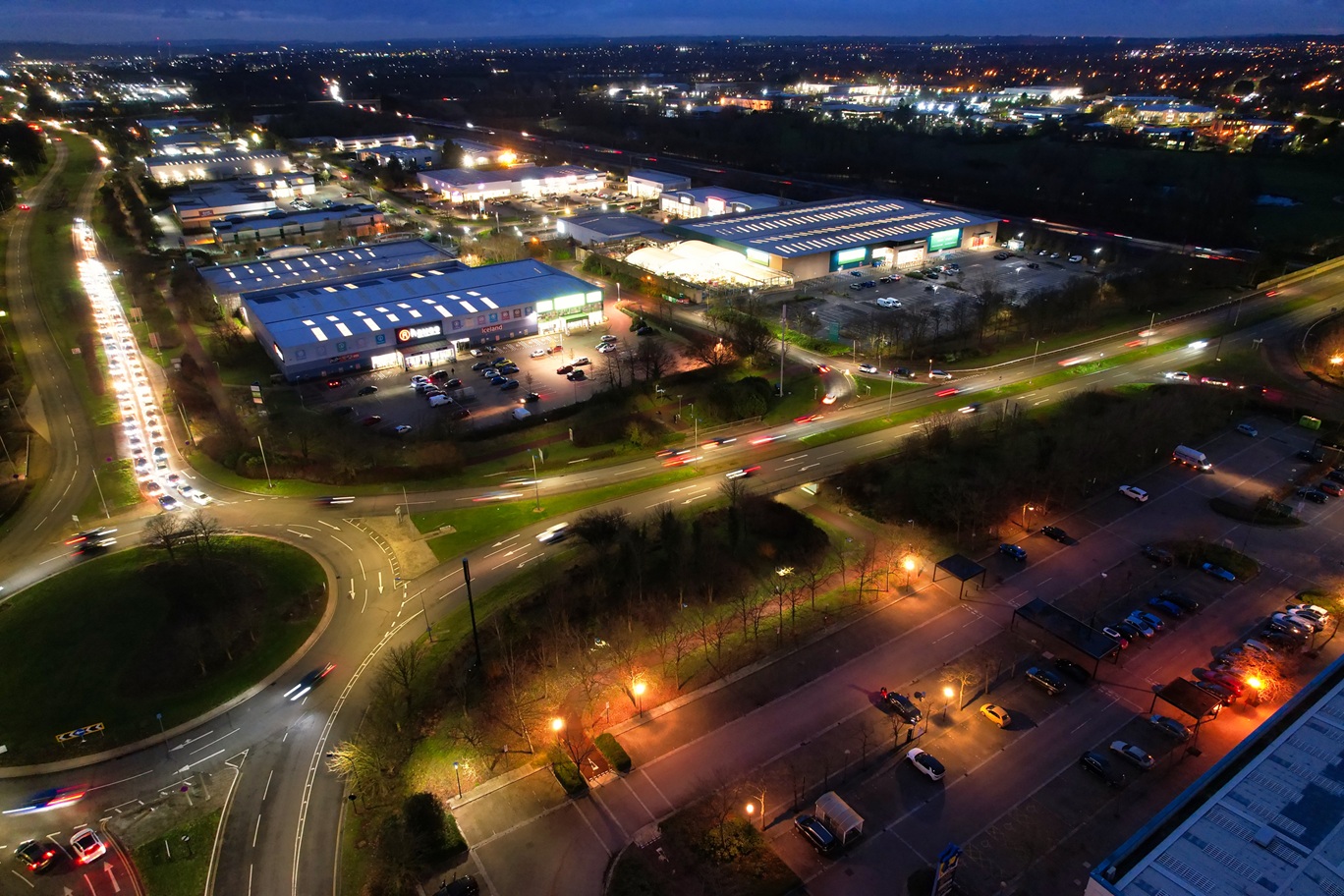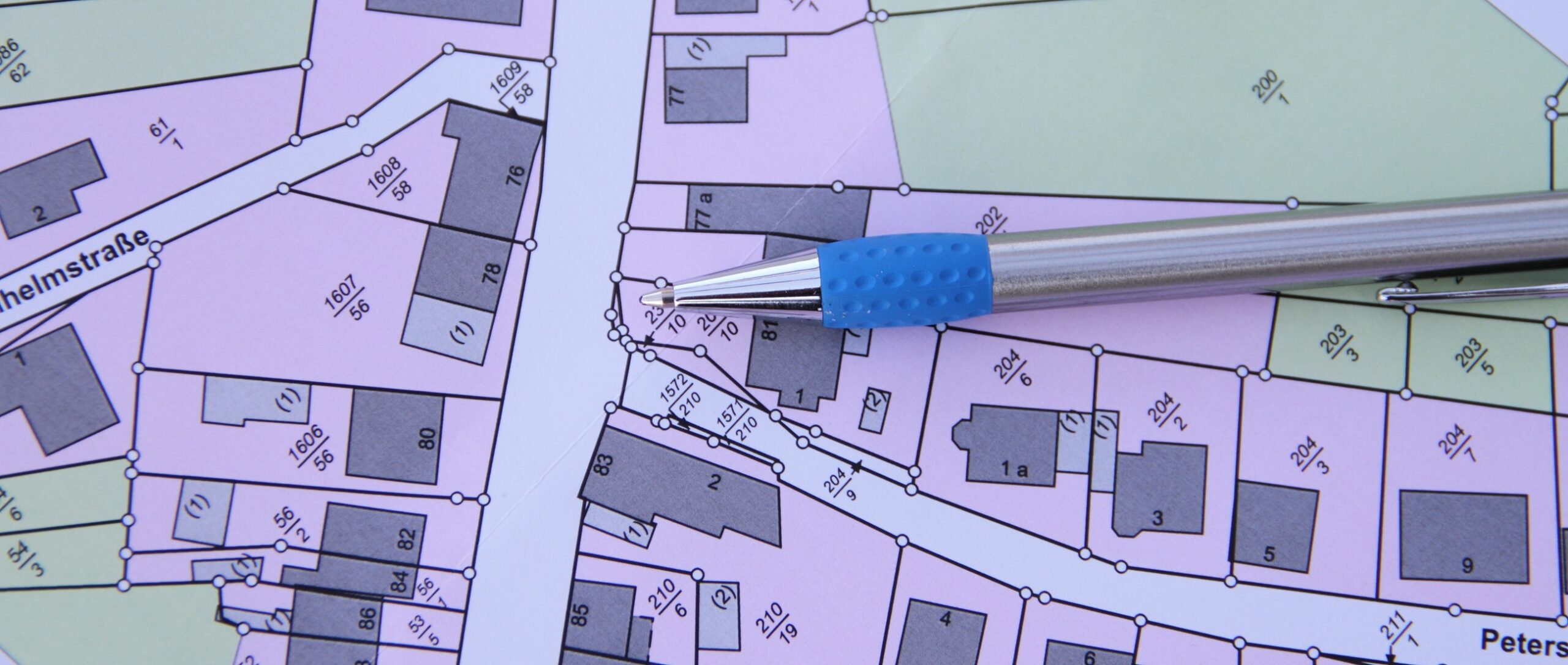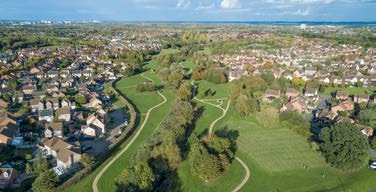I was recently delighted to attend the fundraising concert Rays of Sunshine a charity choir concert with food which took place at the Church of Christ the Cornerstone in November. It was an event to raise funds for the Sunflower Ukrainian Supplementary School and was very enjoyable, featuring a highly entertaining, hugely professional, accompanied choir: MK Musica.
One thing I never knew before was how totally accomplished and superb are Ukrainian bakers – their macarons frankly putting French rivals to shame. I mention this event because it shows just how well Ukrainian refugees have been welcomed into our hearts, here in MK. If you’d like to help, visit ukraineappeal.org.uk.
Conversely the same cannot be said for some of our other refugees, those apparently fleeing from persecution in Yemen, Eritrea, Sudan, Somalia and even Turkey. I recently watched a video shot by some anonymous, self-appointed watchdog who styles himself TruthHurts101UK. You can easily find it on YouTube. This all stems from the fact that somewhere between 140 and 200 immigrants, most of whom have allegedly made their way here technically illegally in rubber dinghies, are now being housed, fed and supported by our government with the involvement of MKCC. They are all staying at the large and underused Ramada Hotel situated west of the M1 as part of the Newport Pagnell services.
What our anonymous film-maker, and his many supporters and commentators appear to focus on, is that these immigrants are all, it seems, male only with no women or children present, and all of fighting age. The suggestion being that they are here to do us all harm. The rabble also comments on their apparent religion which they believe to be Islam, despite at least one of the briefly interviewed Ramada residents claiming to be a Turkish Kurd, only a majority of whom are Muslim, some being Christian, Zoroastrian, Yarsanist, Yazidist, Alevist or followers of Judaism.
According to Wikipedia “During the violent suppressions of numerous Kurdish rebellions since the establishment of the Republic of Turkey in 1923, such as the Sheikh Said Rebellion, the Ararat rebellion, and the Dersim Rebellion, massacres have periodically been committed against the Kurds, with one prominent incident being the Zilan Massacre. The Turkish government denied the existence of Kurds. The words “Kurds” or “Kurdistan” were banned in any language by the Turkish government, though “Kurdish” was allowed in census reports. Following the military coup of 1980, the Kurdish languages were officially prohibited in public and private life. Many people who spoke, published, or sang in Kurdish were arrested and imprisoned. In Turkey, it is illegal to use Kurdish as a language of instruction in both public and private schools. The Kurdish language is only allowed as a subject in some schools.”
So, one may reasonably ask why we are so keen to help the put-upon Ukrainians and so apparently unkeen to help the similarly put-upon Kurds? Another issue for these self-appointed guardians of Britishness is that our government is giving them fully-serviced, centrally-heated accommodation, three full meals a day, ‘pocket money’ and even, it is alleged, free cigarettes whilst our lifetime-of-tax-paying-pensioners go without the winter-fuel payment or frankly very much else, whilst we have the highest fuel prices in Europe and food price inflation is off the scale. My personal experience of this is Asda’s eight pack of Pain au Chocolat. This was just £1 until about a year ago. It’s now £1.90. I would like to apologise here for being apparently obsessed with French-style baked goods in this column, just as I was apparently obsessed with Germany in last month’s!
So back to the subject in hand. How true it is that we are treating these immigrants so well and how justified that is, is hard to tell, but one of these refugees even offered our Mr. Anonymous a cigarette when he enquired about them, seeming to have no issues about their apparent cost. Do our governments both local and national act as they should or do the people feel outraged, and if so, is this outrage justified? Frankly I really don’t know, but I do care. Surely how we treat those in need is a measure of our humanity and identifying any groups of people as somehow unworthy or somehow ‘not-human’ is the start of every oppression we have ever seen?
What I do know is that Christmas is coming, and I wish you all the very best for the festive season. May all your days be happy and bright.
Cheerio.



